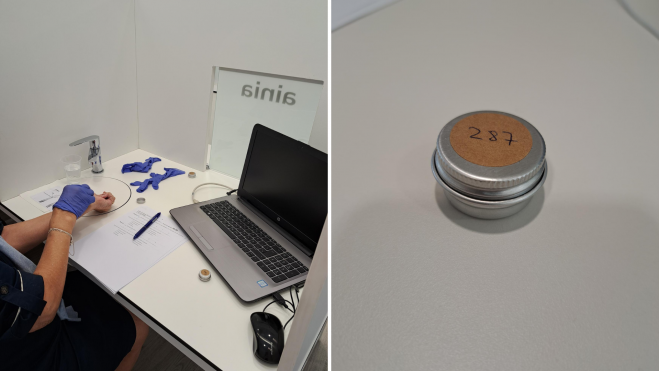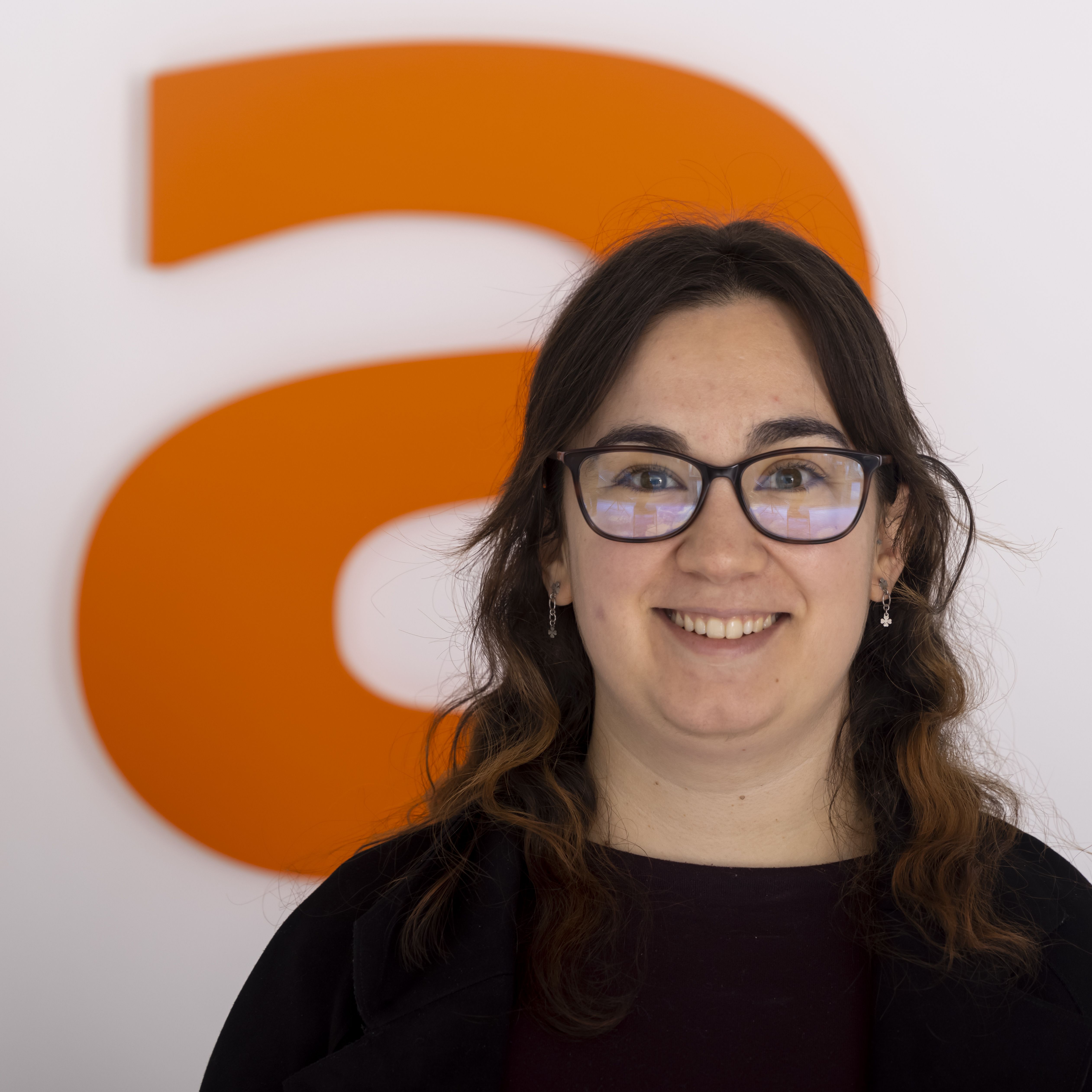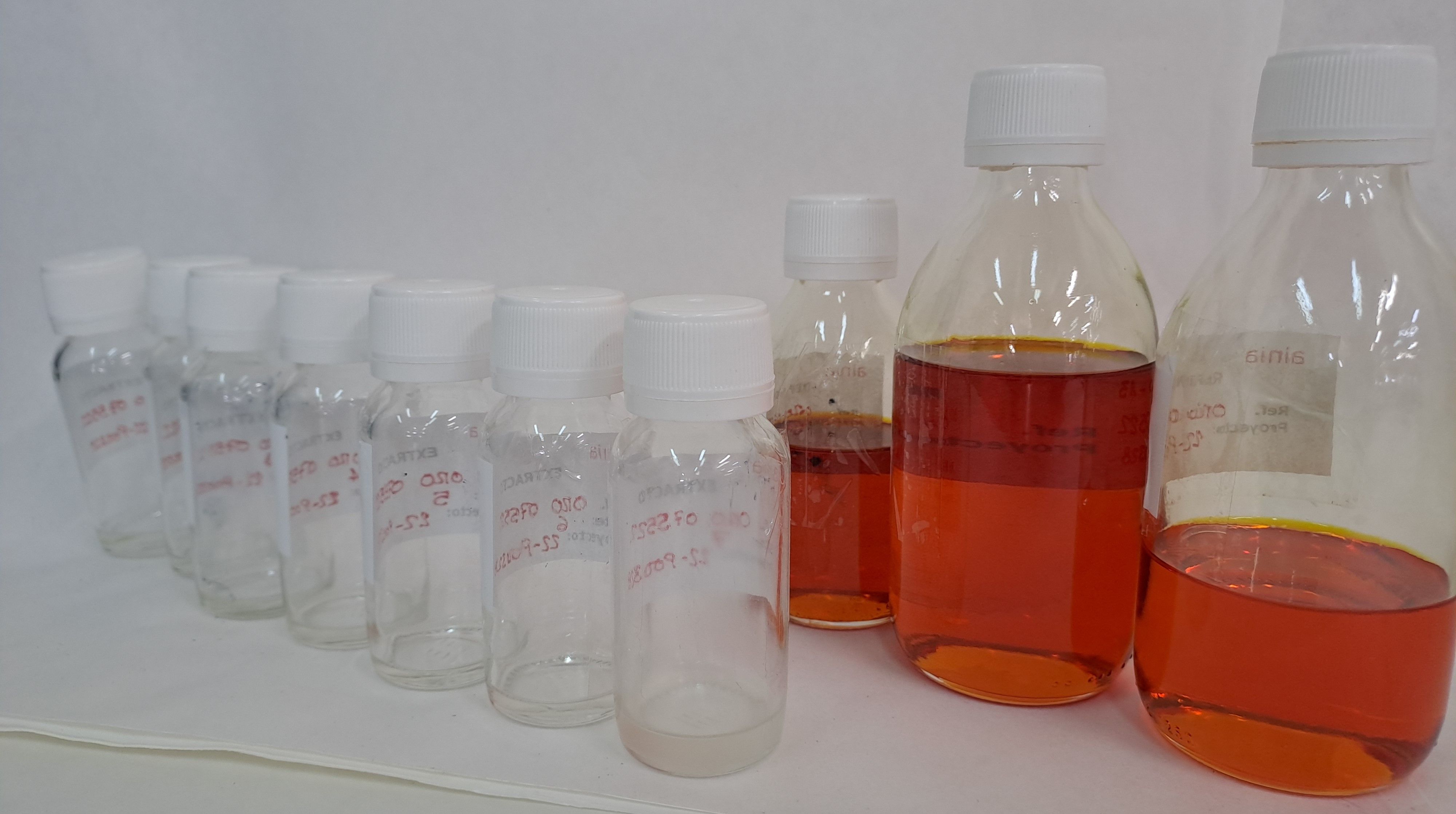It is no secret that, in the last decade, the cosmetics industry has undergone a major transformation. New generations of consumers and their growing concern for social issues, sustainability and the environment have created major challenges in the development of new products that not only improve the quality of the skin, but also stimulate our senses.
One of the strongest trends in the industry today is the use of ingredients of natural origin. These are generally perceived as healthier by consumers, although they also have certain disadvantages that make them difficult to obtain and use in final formulations. The main drawbacks are related to their production and stability, so the demand for alternatives and solutions by consumers and industry is increasing. Some of the strategies currently employed are based on the following:
- Valorisation or upcycling, i.e. the use of waste from the agri-food industry as raw material to obtain substances of interest.
- Avoiding the use of organic or non-specific solvents by using alternatives such as supercritical fluids to obtain valuable by-products.
- Apply encapsulation processes to these active ingredients of interest in order to improve their stability inside and outside the final formula.
For this reason, AINIA studied the use of supercritical CO2 technology to obtain an orange oil concentrate rich in aromatic substances, followed by various encapsulation processes that favour its stability. Finally, the sensory properties of these solid products were evaluated by a panel of experts.

Supercritical fluids: CO2
Supercritical fluid technology is based on the properties of compounds when they are at temperature and pressure conditions above their critical point, where the fluid has properties intermediate between gas and liquid. This allows certain substances, such as CO2, to be used as solvents and, by modifying the pressure and temperature conditions, extracts with different actives and concentrations can be obtained.
As part of the SUFRAPUR II project, supported by the Valencian Institute for Business Competitiveness (IVACE) and FEDER funds, it was possible to fractionate an essential orange oil from agro-industrial waste containing pesticides. Thanks to this process, it was possible to obtain, on the one hand, fractions more concentrated in compounds of value for different industries such as fragrances, and on the other hand, extracts with low levels or absence of pesticides. In addition, by modifying the process conditions, not only was it possible to influence the concentration of aromatic compounds, but also to modulate the colour, with fractions ranging from a very intense orange to completely colourless extracts.
Technologies of encapsulation
The following step was to apply technologies of encapsulation to this concentrated of orange with a double aim: transform a liquid product in one solid, and that can employ like ingredient in formulations of distinct nature or like final prototype of solid perfume.
Inside the available technologies in AINIA, selected two that allow to obtain products in dust: dried and cooling by atomisation, also known like spray drying and spray chilling. In this way, they designed three distinct prototypes, all they with 20% total of extract of orange.
- Prototype 1: simple encapsulation, with materials of affine coating to the water, to include it in formulations oleosas, or in those in which they involve water during his use (solid soap, deodorants, etc.)
- Prototype 2: simple capsule composed by materials cerosos and oleosos. The combination of materials chose to favour his fusion to the temperature of the skin, and like this allow a release during his own application. This prototype could employ like ingredient in formulations fundamentally aqueous, or like final product (solid perfume, nutritious product for the skin in format dust, etc.).
- Prototype 3: it treated of a double capsule in which they combined the two previous prototypes, by what his uses could combine, being a versatile capsule for different types of products and cosmetic forms.
Sensory evaluation
Finally, these solid prototypes evaluated sensorialmente during 3 hours by means of a signpost of 8 previously trained experts, and under norms standardised like the ISO 8589:2007. In this case, they evaluated properties like the intensity of the smell and the present olfactory notes in the samples, all they compared with a dissolution of the concentrated of essential oil of orange that simulated a "perfume".
The results reflected that the intensity of all the samples evaluated diminished over time, reaching his maximum in the moment of application. Besides, the prototypes 2 and 3 did not present significant differences regarding the control, neither in intensity neither in olfactory notes (degree of significancia of 95%). These promising data suggest that the processes of encapsulation, in spite of the temperature and to the high content in volatile compounds, did not affect negatively to the sensory properties of the extract, being able to obtain a new format with the same olfactory properties that the control.
In the case of the prototype 1, the global intensity was significantly inferior to the control during the 3 hours of evaluation. This is because of the distinct mechanism of release of the materials of encapsulation employed. The prototypes 2 and 3 freed the compound by means of diffusion, whereas the prototype 1 needs the action of an external agent (water). By this reason, after 3 hours of essay, decided add some drops of water. The results were conclusive: by means of this mechanism of release, the prototype 1 practically recovered the initial intensity.
These results endorse the possibility to apply the technologies tested like tool of innovation to give place to new products focused to cosmetic applications and perfumery: from those that involve the use of water, such like deodorants or solid cleaners (prototype 1), until solid formulations in which the release of the active produce by the fusion of the capsule in contact with the skin, like balsams, solid perfumes and other formulations waterless (prototypes 2 and 3).

